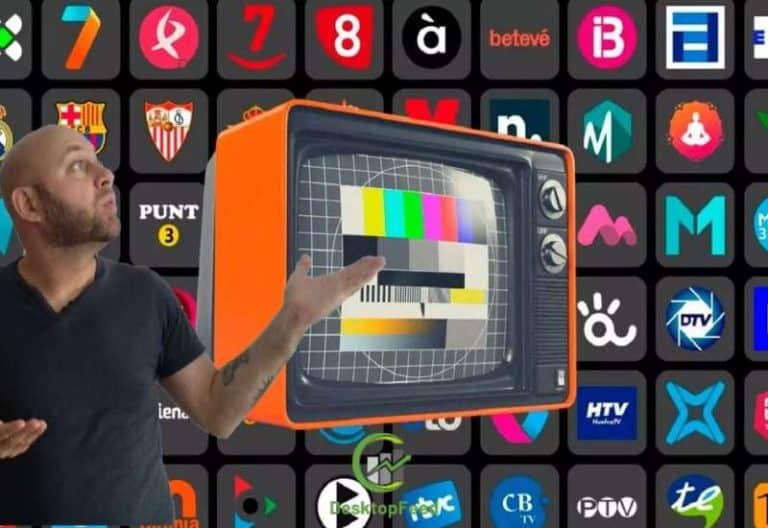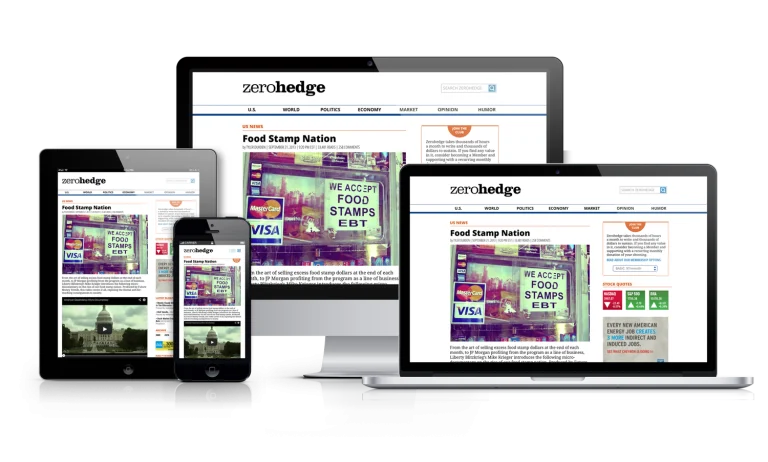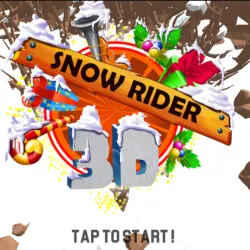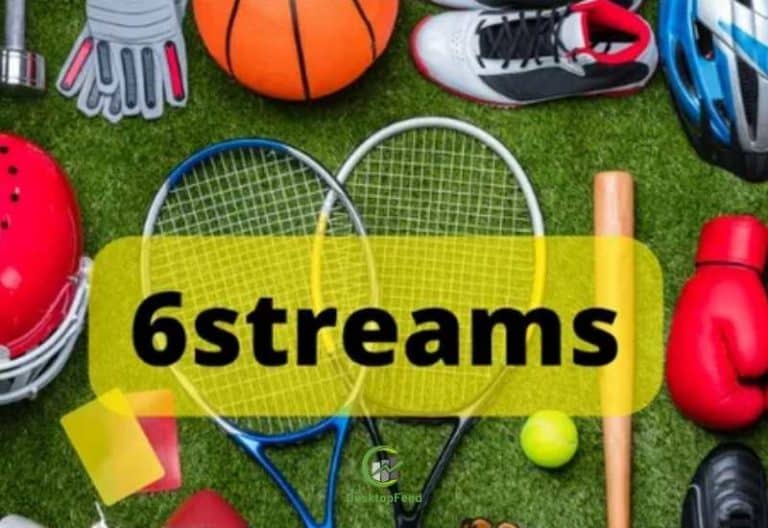Google Block Breaker: A Classic Arcade Game with a Digital Twist
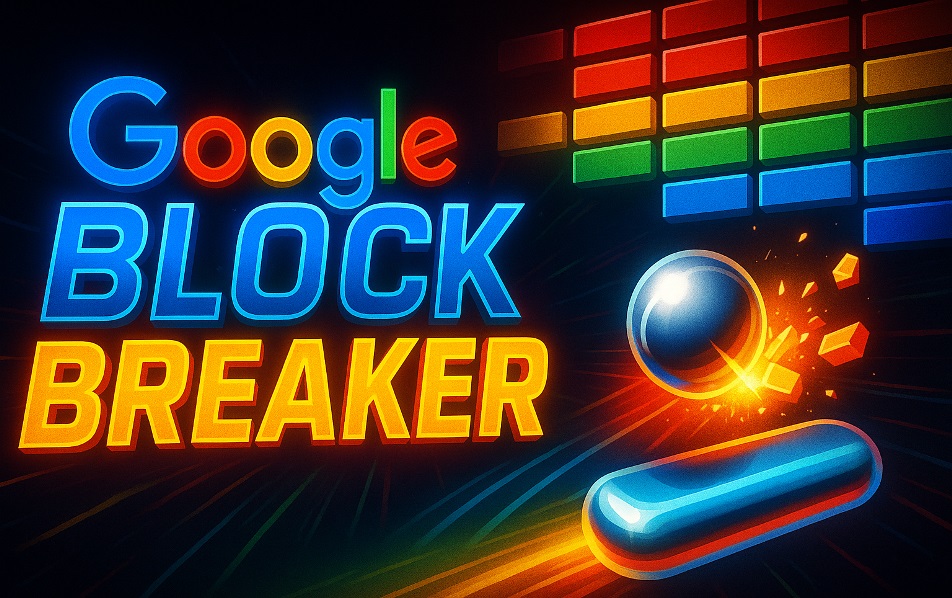
In the world of gaming, few genres have stood the test of time like the brick-breaker games. Known for their simple yet addictive gameplay, these games involve bouncing a ball to break blocks, testing reflexes, precision, and strategy. Among the many adaptations, Google Block Breaker has captured attention as a fun, nostalgic, and easily accessible twist on the classic arcade formula. Whether you’re a casual gamer looking for a quick distraction or someone exploring Google’s hidden features, Block Breaker offers the perfect balance of entertainment and simplicity.
The Origins of Block-Breaking Games
Before diving into Google’s version, it’s important to look back at the origins of the brick-breaker genre. The roots can be traced to Atari’s Breakout, released in 1976. Designed by Nolan Bushnell and Steve Wozniak, the game quickly became a sensation, setting the stage for countless variations. Over the decades, brick-breaker games have evolved across arcade machines, home consoles, mobile devices, and browsers, maintaining their appeal through straightforward gameplay.
The charm lies in the simplicity: players control a paddle at the bottom of the screen, bouncing a ball upward to destroy rows of blocks. As levels progress, speed increases, and challenges grow tougher. Google’s Block Breaker embraces this traditional framework while offering modern accessibility.
What Is Google Block Breaker?
Google Block Breaker is a browser-based arcade game inspired by the classic brick-breaker format. It is part of Google’s growing collection of hidden games and interactive features—commonly referred to as Google Easter Eggs or Google Doodles. These games often appear during anniversaries, cultural events, or simply as fun surprises tucked into search results.
Block Breaker can be accessed directly through a web browser, requiring no downloads or additional software. By keeping the mechanics simple, Google ensures that anyone, regardless of gaming experience, can pick up and enjoy the game.
How to Access Google Block Breaker
One of the most appealing aspects of Google Block Breaker is how easy it is to play. Typically, you can access it through:
- Google Search Easter Eggs – Sometimes, typing certain queries like Atari Breakout or Google Block Breaker triggers the game directly within search results.
- Google Doodles – Special events may feature Block Breaker as part of an interactive doodle. Clicking on the doodle transports you into the game.
- Third-Party Integrations – Certain versions of Block Breaker inspired by Google’s Easter Eggs can also be played on sites archiving past doodles or through mobile-friendly browser games.
This accessibility ensures you don’t need expensive consoles or heavy gaming PCs. All you need is a device with a browser—laptop, tablet, or smartphone.
Gameplay Mechanics
At its core, Google Block Breaker sticks to the tried-and-true formula of brick-breaking games:
The Paddle: Controlled by the player using arrow keys or swipes (on mobile), the paddle ensures the ball stays in play.
The Ball: A bouncing ball smashes through blocks. Losing the ball means losing a life.
Blocks: Arranged in rows, blocks disappear when hit. Some may require multiple hits or contain hidden power-ups.
Power-Ups: Just like modern brick-breakers, Google’s version may include enhancements such as wider paddles, multiple balls, lasers, or slow-motion effects.
The blend of nostalgia with small modern upgrades makes the game both familiar and fresh.
Why Google Block Breaker Stands Out
While brick-breaker games are plentiful online, Google’s approach adds uniqueness in several ways:
- Instant Accessibility – Unlike most games that require installation or app downloads, Block Breaker is available instantly from your browser.
- Free to Play – True to Google’s philosophy of open access, the game is completely free with no hidden charges.
- Cross-Device Compatibility – Whether you’re using a smartphone, tablet, or PC, Block Breaker adjusts seamlessly.
- Casual Fun – Designed for short bursts of entertainment, it’s perfect for work breaks, travel downtime, or quick mental refreshers.
- Easter Egg Appeal – Part of the fun lies in discovering it unexpectedly, making it feel like a secret perk hidden in plain sight.
The Psychology Behind Its Popularity
Games like Google Block Breaker thrive because of a psychological principle called the flow state. The challenge is neither too easy nor impossibly difficult, keeping players engaged in a cycle of progress and reward. Breaking each block provides a sense of accomplishment, while the escalating pace keeps adrenaline levels high.
Additionally, the nostalgia factor cannot be ignored. For players who grew up in the arcade era or early days of home computing, Block Breaker recalls fond memories. For younger audiences, it provides an introduction to the roots of gaming history.
Tips and Tricks to Master Google Block Breaker
Though simple at first glance, mastering Block Breaker requires focus and precision. Here are some tips:
Angle Control: Instead of always hitting the ball with the center of the paddle, aim for edges to change trajectories strategically.
Power-Up Prioritization: Not all power-ups are equally beneficial. Focus on those that extend paddle length or create multiple balls.
Stay Calm at Higher Speeds: As the game progresses, ball speed increases. Training your eyes to predict angles helps maintain control.
Don’t Chase the Ball: Instead of frantically moving, position your paddle strategically and let the ball come to you.
Educational and Cognitive Benefits
Interestingly, beyond pure entertainment, games like Google Block Breaker provide cognitive benefits:
Improved Hand-Eye Coordination – Constantly tracking and responding to the ball sharpens reflexes.
Strategic Thinking – Deciding which blocks to target first adds a layer of planning.
Stress Relief – Short, enjoyable bursts of gameplay can reduce stress and refresh focus.
Pattern Recognition – Recognizing ball trajectories enhances quick problem-solving skills.
These subtle benefits explain why brick-breaker games continue to attract players across generations.
Google’s Role in Casual Gaming
Google has increasingly positioned itself as a hub for casual and browser-based games. From classics like Pac-Man (via a doodle) to seasonal doodles like cricket or basketball, Google has shown that games can be seamlessly integrated into everyday digital life. Block Breaker is another example of this philosophy—simple, accessible, and universally enjoyable.
This aligns with a broader trend: casual gaming becoming mainstream. Unlike console or PC gaming, casual browser games don’t require large time or money investments, yet still deliver instant fun. Google leverages its reach to ensure millions can enjoy these experiences.
The Future of Google Block Breaker
As technology evolves, so will Block Breaker and other Google Easter Egg games. Potential future enhancements could include:
Multiplayer Options: Competing with friends online for high scores.
Augmented Reality (AR) Features: Playing in 3D spaces using AR-enabled devices.
Leaderboard Integration: Adding global rankings for players worldwide.
Customizable Levels: Allowing players to design and share unique block patterns.
Though currently a light, casual game, Google’s resources mean it could expand into more interactive forms in the future.
Conclusion
Google Block Breaker is more than just a casual game—it’s a reminder of how simple, classic concepts can thrive in the digital age. By bringing arcade nostalgia into the browser, Google has made a timeless genre available to millions at no cost and with no barriers.
For players, it’s a perfect mix of relaxation, challenge, and fun. For Google, it’s another example of how technology can enhance everyday moments in unexpected ways. Whether you’re reliving arcade memories or discovering block-breaking for the first time, Google Block Breaker proves that sometimes, the simplest games are the most enduring.


